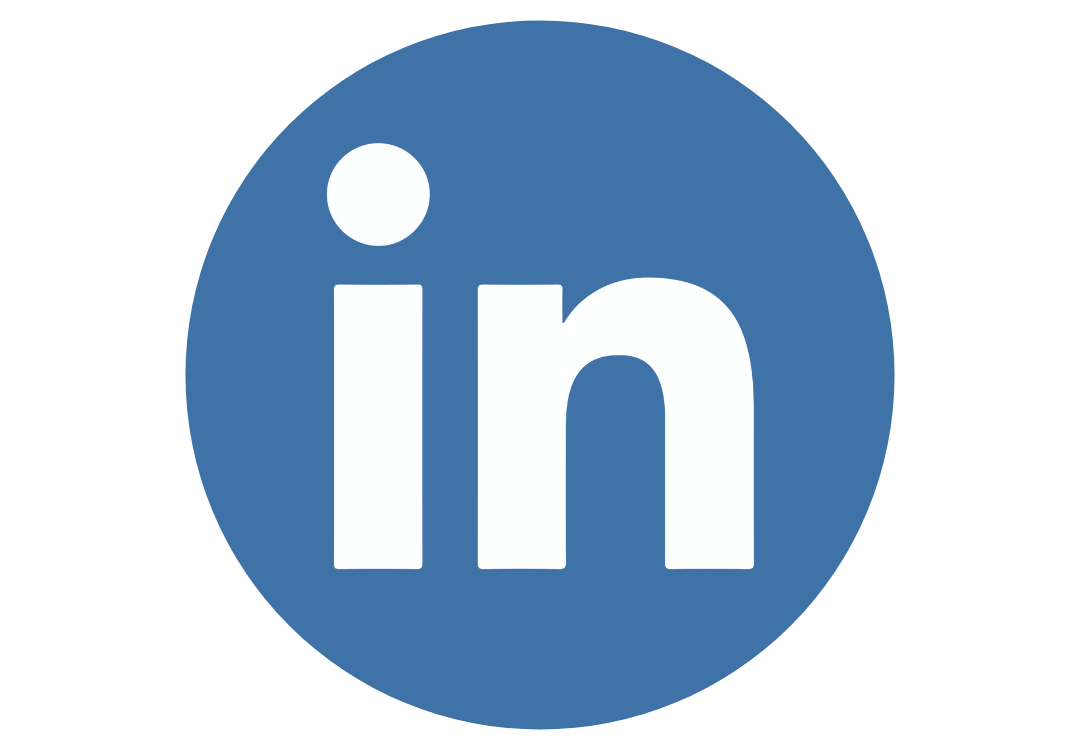From Conjoint to Commercial Reality
December 03, 2025
Part 3 and final part of the IDR Medical Conjoint Insights Series Conjoint analysis is a cornerstone of medical device pricing research. It quantifies how clinicians, procurement teams, and administrators make trade-offs between performance, ease of use, ...
Conjoint Analysis: Turning Preference into Price for Med-Tech
November 25, 2025
Part 2 of the IDR Medical Conjoint Insights Series Setting the right price for a new medical device means balancing value perception, clinical differentiation, and competitive dynamics in markets where procurement is complex.
Wounds UK 2025: Digital Transformation, Data, and Technology in Wound Care
November 13, 2025
Earlier this week, the IDR Medical team attended Wounds UK in Harrogate, gaining first-hand insight into the latest innovations, challenges, and data-driven strategies shaping wound care across the globe.
Conjoint Analysis: Preference Shares Are Not Market Shares
November 11, 2025
Part 1 of the IDR Medical Conjoint Insights Series In medical device market research, one question we often hear from clients is: “If a conjoint analysis reflects how customers make choices, why don’t the base case preference shares match reported market ...
Why AI Should Not Be Used for Diagnosing Patients
October 24, 2025
AI is transforming healthcare, but in diagnostics, the technology remains far ahead of its clinical readiness.
Scaling Surgical Robotics: From Showcase to Standard of Care
October 16, 2025
The first wave of surgical robotics was about invention and early adoption. The next wave will be defined by something different: scale.
Strengthening Post-Market Intelligence - How IDR Medical Can Support
October 08, 2025
We help Medical Device (MD) and In Vitro Diagnostic (IVD) manufacturers go beyond box-ticking compliance in Post-Market Clinical Follow-up (PMCF) and Post-Market Performance Follow-up (PMPF). By designing and executing robust real-world studies and ...
Surgical Robotics: Who Will Win the Race to 2030?
September 11, 2025
The surgical robotics market is expanding rapidly, but growth alone will not determine future leaders.
GLP-1s and the Environment: The Silent Cost of a Medical Revolution
September 03, 2025
GLP-1 receptor agonists have become the breakout therapy of the decade. Once targeted at diabetes, they are now fueling a global shift in obesity treatment, transforming lives and creating a multi-billion dollar market.
Sustainable Healthcare: Metrics, Materials and Market Opportunity
July 02, 2025
Sustainability is now a priority across industries, but unlike metrics such as profitability or market share, it lacks a clear standard of measurement.

